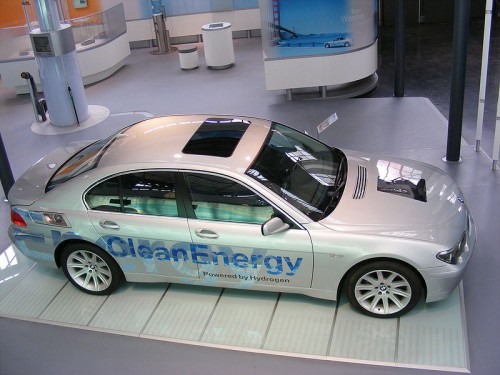The technology published in the journal Nature Communications. is based on the natural photosynthesis of photosynthetic bacteria

Newspaper Nature Communications. Presents a new technology developed at the Technion, which enables the harvesting of energy from photosynthetic bacteria - cyanobacteria. This is a family of bacteria that is common in lakes, rivers and many other environments. During evolution, these bacteria developed photosynthesis mechanisms that allow them to produce energy for themselves from sunlight. Furthermore, they produce energy even in the dark through respiratory mechanisms based on the breakdown of sugar.
The importance of the photosynthetic bacteria is great, since they are the source of oxygen in the atmosphere and an essential source of organic matter (such as sugar) which is the first link in the food chain. Using a "natural solar antenna" (PBS) they receive solar radiation in a wide spectrum of intensities and wavelengths - between 400 and 700 nanometers - and thus make good use of this inexhaustible source of energy. They direct the same energy to the chemical reaction centers where they break down water, creating a stream of electrons and hydrogen ions that are used to produce chemical energy with which they produce food for themselves.
The study published in Nature Communications.Edited by three Technion faculty members: Prof. Noam Adir from the Shulich Faculty of Chemistry, Prof. Gadi Schuster from the Biology Faculty and Prof. Avner Rothschild from the Materials Science and Engineering Faculty. This is in collaboration between doctoral students Gadiel Safar and Dan Kalman and their colleagues from Bochum, Germany and the Weizmann Institute of Science. The three Technion researchers have also collaborated in the past, among other things in producing energy from spinach leaves using sunlight - A study published in 2016 In the same journal (Nature Communications).
In recent years, many studies have been conducted that examined the possibility of producing energy and hydrogen from photosynthetic bacteria, this with the understanding that the processes that developed in these bacteria during evolution are tens of times more efficient than any engineering process that man has created to date. One of the innovations in the current research is the use of live bacteria, which know how to repair the damaged photosynthesis proteins in real time. Furthermore, said energy harvesting does not harm these bacteria.
The Technion researchers created a system to produce energy from both the photosynthesis process and the respiratory process. This means that energy is collected both during the day (photosynthesis) and in the dark (respiration). The researchers harnessed the collected energy to produce electricity that is used to create gaseous hydrogen. Many researchers now believe that hydrogen is the fuel of the future, since hydrogen-powered vehicles do not emit any pollution, only water.
The system is based on photocurrent - an electric current created as a result of radiation. The researchers discovered that it is a fairly stable current that allows continuous production of hydrogen. In their opinion, this is a promising source of energy since it is clean energy that is non-polluting neither in the production phase nor in the phase of using its products (hydrogen fuel).
The research was supported by many organizations, including the Nancy and Stephen Grand Energy Program at the Technion (GTEP), the Russell Berry Institute for Nanotechnology at the Technion (RBNI), the Hydrogen Technology Research Laboratory at the Technion (HTRL), the Adelis Foundation, the I-CORE program of the Planning and Budgeting Committee), the Israel Science Foundation and the US-Israel Binational Science Foundation (BSF) as well as the German Research Foundation (DFG-DIP)

2 תגובות
If I understood correctly, the production of energy at night emits CO2, which contributes to global warming and should be treated as a pollutant. The question is whether during the day the process of photosynthesis breaks down the same amount of CO2 or more and then everything is fine.
Living beings are simply... machines - look, we generate electricity... we conduct electricity... we have a controller (brain)... we consume energy (eat)... simply machines that need fuel and when we die - the energy is released, that's why a corpse is a cold thing because it no longer exists Energy that will warm the body...